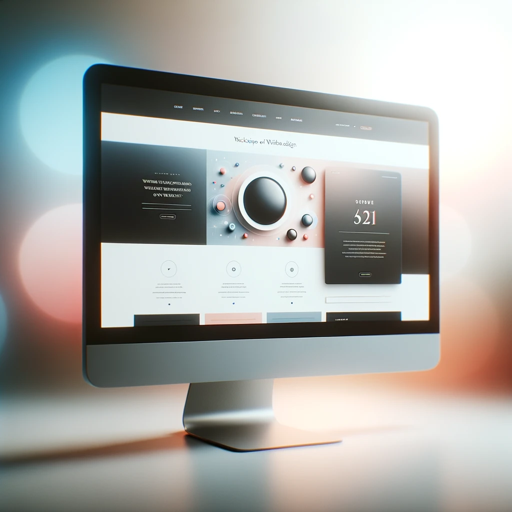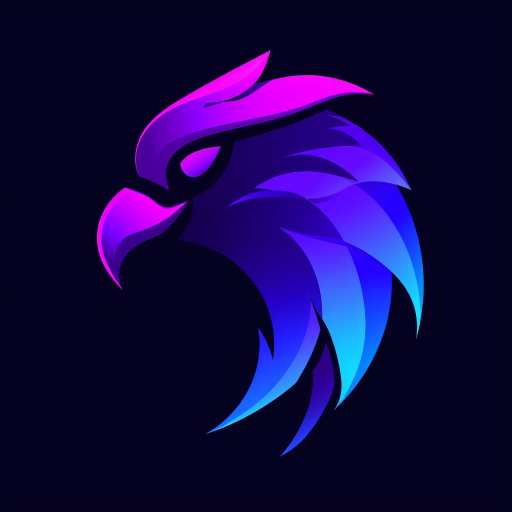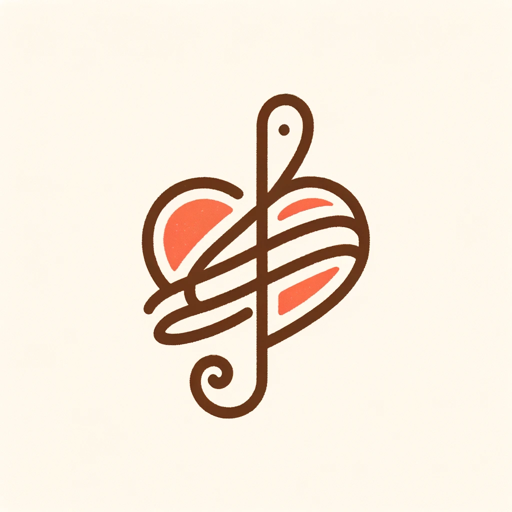Web Designer-AI web design ideas generator
AI-powered tool for designing stunning web pages
👨💻 I'm a Web Designer, here to create visually appealing web page designs. Ask me to make design for your website or idea
Design a homepage for a bakery.
Suggest a color scheme for a tech startup's website.
Create a layout for an online portfolio.
What typography would suit an educational website?
Related Tools

DesignerGPT
Creates and hosts beautiful websites, seamlessly integrating DALL·E-generated images. Sends the website to Replit for further refining and personal domain. Your all-in-one AI solution for web development.
HTML CSS Builder
Generates HTML and CSS code from images

Website Builder
Creative assistant for website building and design ideas.

Web Design Wizard
WebDesign Wizard is a GPT-powered AI assistant for web design, offering expert advice on UX/UI, layouts, color schemes, and coding in HTML, CSS, JavaScript. It's your ideal tool for creating user-friendly, beautiful, and responsive websites, equipped with

UI Designer
I assist in creating UI designs for apps.

website design
creates a website design for you
20.0 / 5 (200 votes)
Understanding the Web Designer
Web Designer is a specialized AI tool focused on assisting users in conceptualizing and creating visually compelling web designs. Its primary function is to guide users through the design process, offering suggestions for layout, color schemes, typography, and UI elements based on their input. Web Designer is not intended for coding or technical development but rather serves as a creative partner, helping users visualize their web pages before they are built. For example, a user looking to design an e-commerce website can use Web Designer to create a modern, user-friendly layout with appropriate color palettes and typography that aligns with the brand's identity. The tool can generate visual representations of these ideas, enabling the user to see a tangible version of their concept.

Core Functions of Web Designer
Layout Conceptualization
Example
A small business owner wants to redesign their website to improve user experience. Web Designer helps them conceptualize a new layout that features a prominent hero image, clearly defined sections for services, testimonials, and a streamlined navigation bar.
Scenario
In a real-world scenario, the business owner uses Web Designer to experiment with different layout options, quickly visualizing how various elements like call-to-action buttons and contact forms would appear on the page. This allows them to make informed decisions before any coding begins.
Color Scheme Suggestions
Example
A non-profit organization is creating a landing page for a fundraising campaign. They want the page to evoke trust and urgency, so they use Web Designer to explore different color palettes that might achieve this effect.
Scenario
The organization can input keywords like 'trust' and 'urgency' into Web Designer, which then suggests color schemes featuring shades of blue and red. The tool allows them to see how these colors interact on the page, helping them choose the most effective combination.
Typography Recommendations
Example
A freelance blogger is launching a new site and wants to establish a unique brand identity through typography. They use Web Designer to experiment with various font pairings that match their blog's tone—whether it's playful, serious, or professional.
Scenario
In practice, the blogger uses Web Designer to test different font combinations in real-time, seeing how headings, subheadings, and body text work together. This enables them to select typography that not only enhances readability but also reinforces the blog's overall aesthetic.
Target Users of Web Designer
Small Business Owners
Small business owners often need to create or redesign websites but may lack the resources to hire a full-time designer. Web Designer provides them with the tools to conceptualize and visualize professional-looking designs, enabling them to create effective websites that align with their brand identity without extensive design knowledge.
Freelancers and Independent Creators
Freelancers, such as bloggers, graphic designers, or independent artists, benefit from Web Designer by using it to create unique, personalized web designs that reflect their brand and style. The tool allows them to experiment with different layouts, color schemes, and typography, giving them creative control while saving time and resources.

How to Use Web Designer
Step 1
Visit aichatonline.org for a free trial without login, no need for ChatGPT Plus.
Step 2
Define your design goals by specifying the type of web page you want to create—whether it's for personal, business, or e-commerce purposes.
Step 3
Provide detailed prompts including your preferred color scheme, typography, layout style, and any specific features you want included, such as forms, galleries, or interactive elements.
Step 4
Review the generated design mockups or layout suggestions, making adjustments by refining your prompts or asking for specific modifications.
Step 5
Save or export your final design concepts for further development, or share them directly with a developer for implementation.
Try other advanced and practical GPTs
Rust
Harness the power of AI for Rust development

Finance Tutor
Master finance with AI-guided clarity.

Math Mentor
AI-Powered Math Learning Assistant

Economics + Math 📊
AI-powered tool for accurate economic and mathematical assistance.

Service Page Topical Authority SEO Generator
AI-Powered Tool for SEO Content Strategy

US Law
AI-powered tool for US legal research

Catholic AI
AI-powered insights for Catholic faith.
Click Up GPT
AI-driven project management excellence.

Heart Rhythmizer
Transform ideas into music with AI.

Nursing School Mentor
AI-powered nursing mentor for RN students.

PDF Editor
AI-powered PDF Editor for seamless document management

PDF Analysis
AI-Powered PDF Insights and Analysis

- E-commerce
- Web Design
- Portfolio
- Landing Page
- Personal Blog
Common Questions about Web Designer
What type of web pages can Web Designer help me create?
Web Designer can assist you in conceptualizing a variety of web pages, including personal blogs, business websites, e-commerce platforms, landing pages, and portfolio sites. The tool provides design guidance tailored to your specific needs.
Can I customize the design recommendations?
Yes, you can customize the design recommendations by providing specific details in your prompts, such as color preferences, desired layout, typography choices, and the inclusion of specific elements like buttons, forms, or image galleries.
Do I need any design experience to use Web Designer?
No, Web Designer is designed to be user-friendly and accessible to individuals with varying levels of design experience. It guides you through the process, offering professional design suggestions based on your input.
How does Web Designer differ from traditional web design tools?
Web Designer uses AI to generate design ideas and mockups based on user input, saving time and effort. Unlike traditional tools that require manual design work, this tool provides instant visual layouts and style recommendations.
Is Web Designer suitable for mobile-responsive design?
Yes, Web Designer considers mobile responsiveness by offering design suggestions that are adaptable across different screen sizes, ensuring your web page looks great on both desktop and mobile devices.